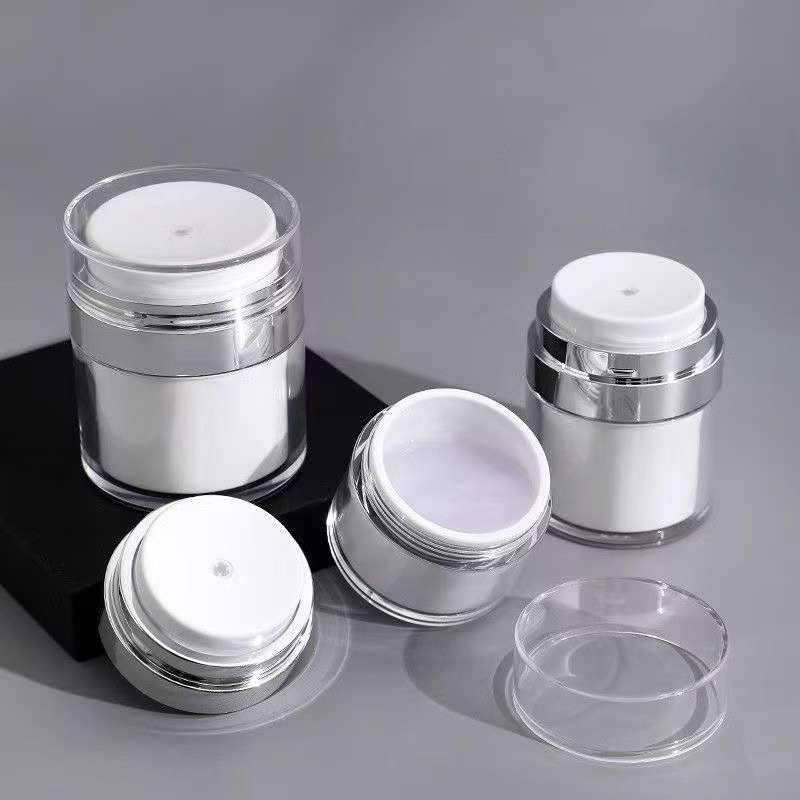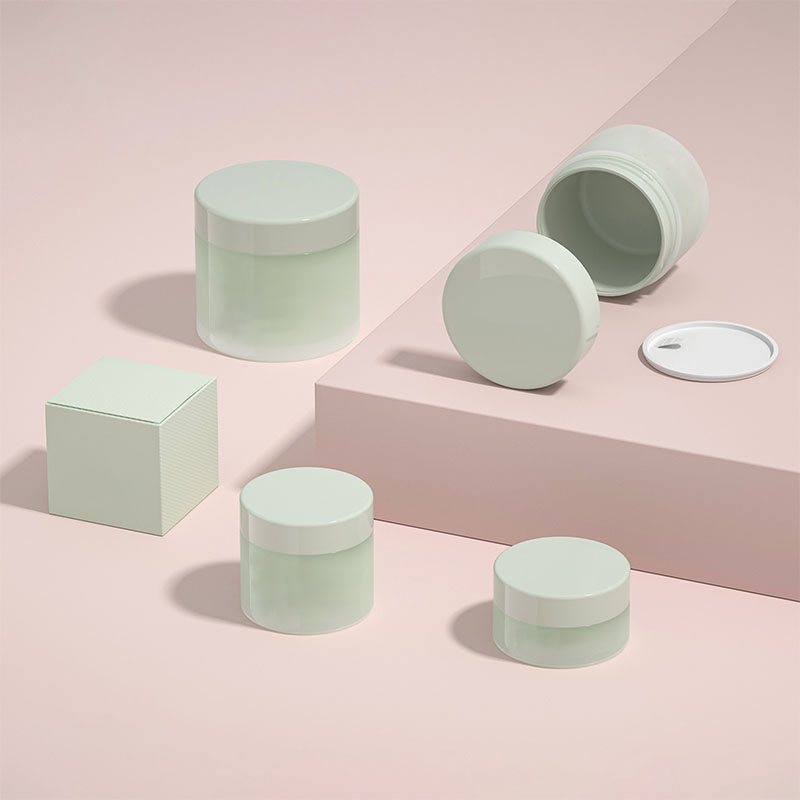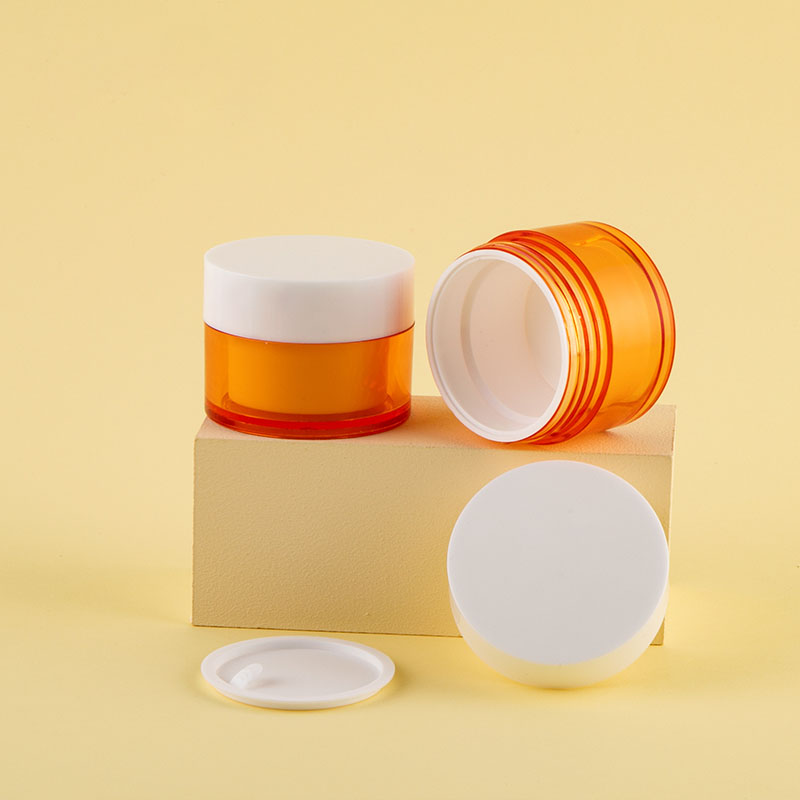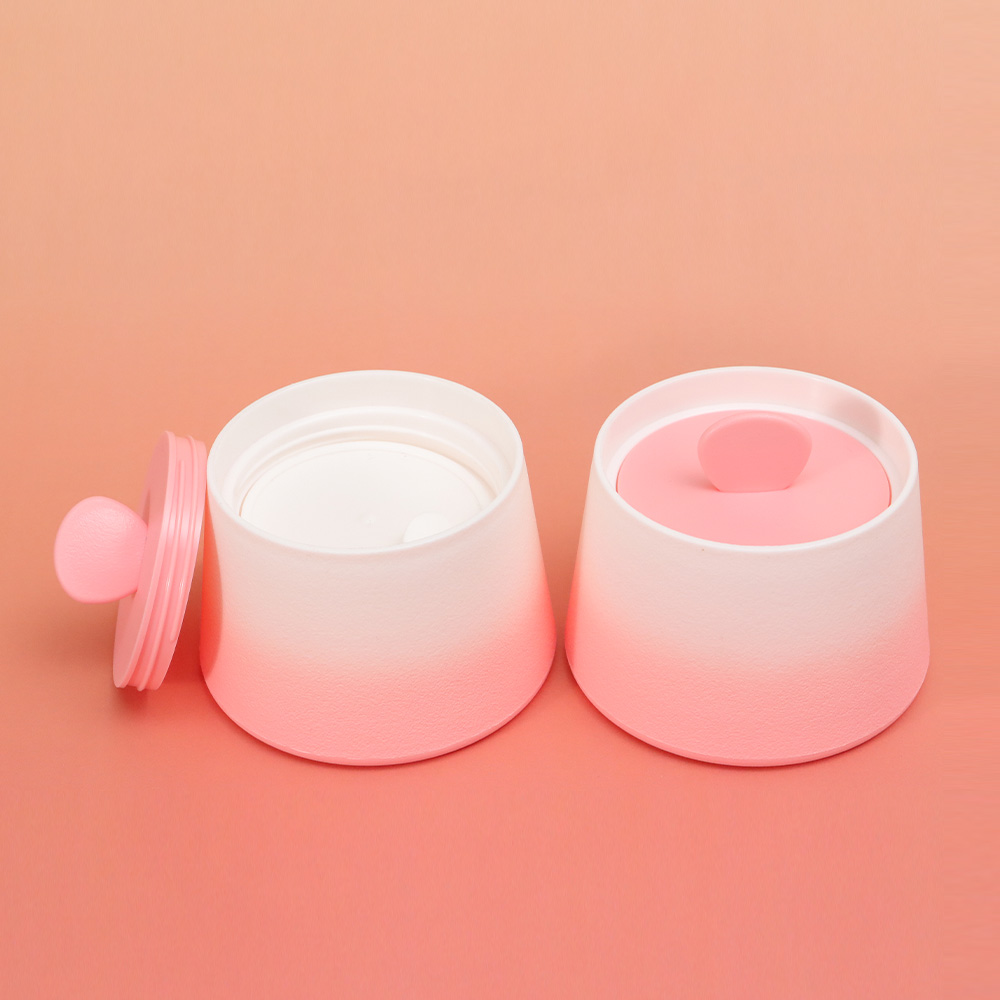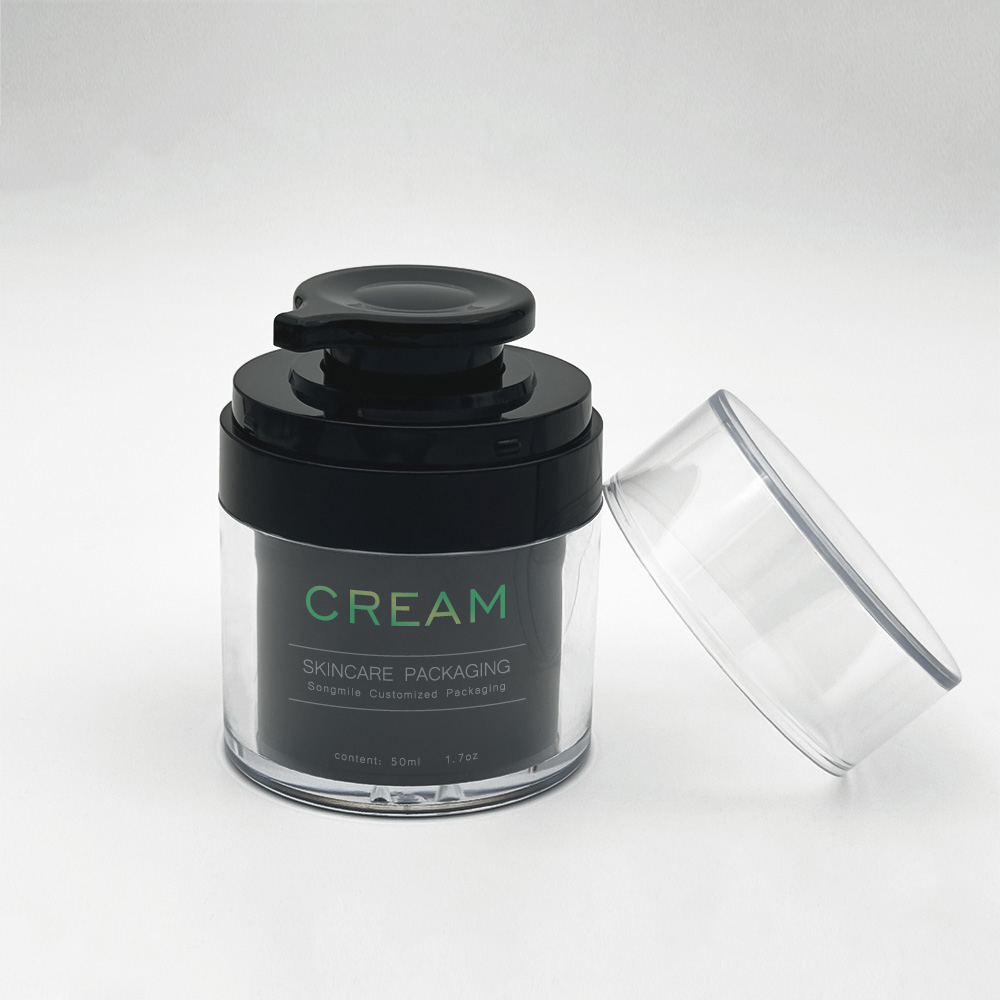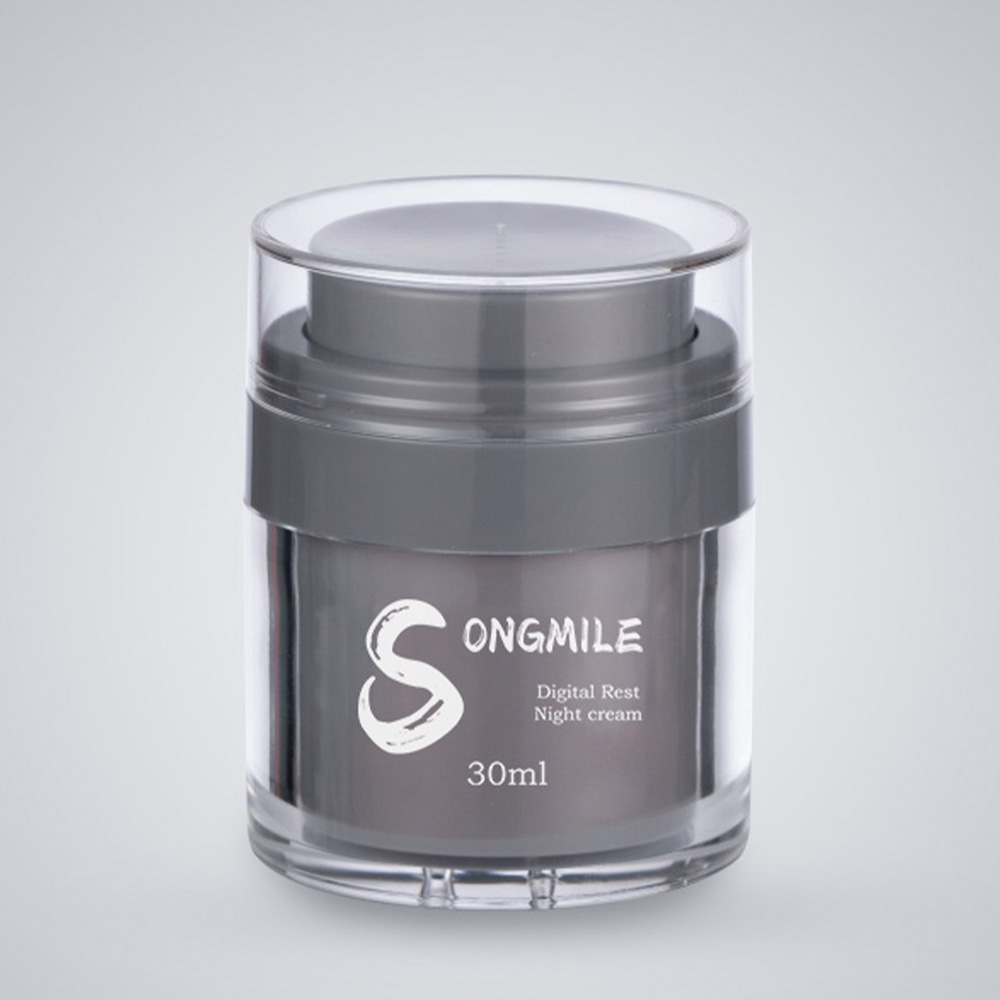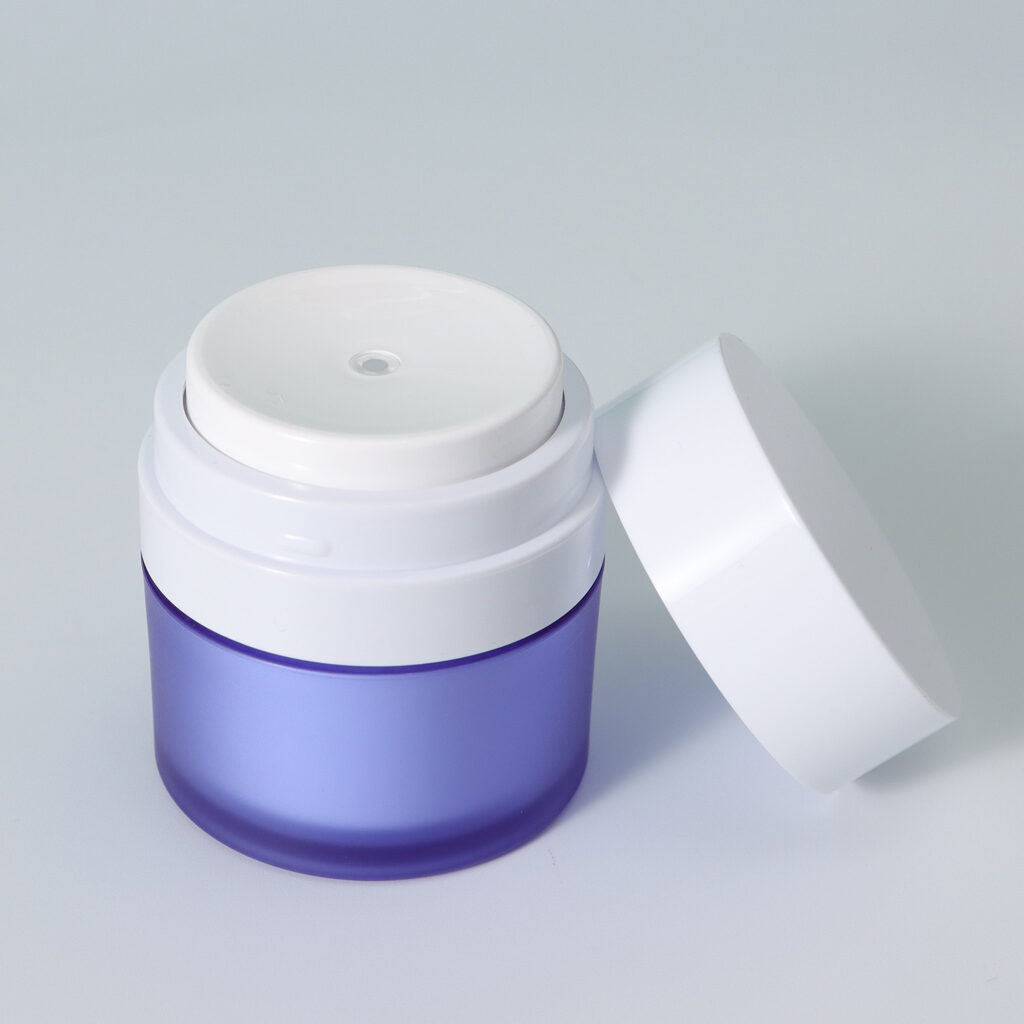Nowadays, with the fast development of the skincare industry, product packaging is no longer just a container for holding the product inside. It has even become a key factor that affects product quality, user experience and brand competitiveness.
For a long time, traditional wide mouth bottles have been a choice for many skincare brands because they are cheap and easy to make. But as consumers start to care more about whether products stay fresh and safe, the problems they have always had are becoming more obvious. And the appearance of airless bottle is bringing a new solution to the industry.
Problems In Using Traditional Wide-mouth Bottles
The problems with traditional wide mouth bottles have long been complained about in the market.On the one hand, pollution problems is hard to avoid. Every time you scoop out the cream, your fingers touch the product directly, which brings bacteria and oil into the bottle. This is especially true for products like face creams and serums that you use many times. Over time, the risk of contamination keeps piling up, and it might even make the product go bad. That not only ruins how well the product works, but could also cause skin allergies and other issues.
On the other hand, oxidation is just as big a problem. The wide mouth design means the product inside has a lot of contact with air. Active ingredients like vitamin C and retinol get oxidized easily and stop working. Those products that are supposed to fight aging or brighten your skin. Just a few weeks after you open them, their effects might drop a lot. This does not just hurt consumers’ interests, it also makes people question how good the brand’s products really are.
What is Vacuum Technology
So how exactly does airless technology solve these problems? Its main idea is all about keeping air out, and the mainly comes in two types, piston type and soft bag type.
Take the piston type airless bottle as an example. There’s a movable piston inside the bottle. When you press the pump head, the space inside the bottle becomes negative pressure. Then the piston moves up because of atmospheric pressure, pushing the cream up to the pump outlet so you can get it out.
As for the soft bag type, there’s a sealed soft bag inside the bottle. The product is filled in that bag. When you press the pump, the soft bag shrinks little by little, and no air gets in.
All in all this kind of design basically cuts off the product from air and outside dirt completely. That’s how it solves the two big problems of traditional wide mouth bottles effectively.
What are the advantages of airless pump jars compared to traditional wide-mouth bottles?
Compared to traditional packaging, airless pump jars have some obvious advantages.
First of all, they keep air out completely. In this way, active ingredients like vitamin C, retinol, and peptides stay stable as long as possible. It makes the product last longer and keeps its effects working for more time. For skincare brands that focus on high active, effective products, this is the key to making their products more competitive.
Secondly, since the product touches less air and dirt, brands can add a little less preservative. That fits what consumers want gentler formulas with fewer ingredients. It also helps brands build a healthier, safer image for their products.
Thirdly, pressing to get the product out is more hygienic. You don’t have to touch the product with your fingers, so there’s no human caused contamination. That makes users feel safer and makes the product easier to use.
Last, airless technology lets you use up every bit of the cream. The piston or soft bag squeezes little by little as you use the product, until you’ve squeezed out everything inside. No more waste from the leftover product at the bottom of traditional wide mouth bottles. Consumers can use the whole product, which makes them more satisfied.
What products are airless pump jars suitable for?
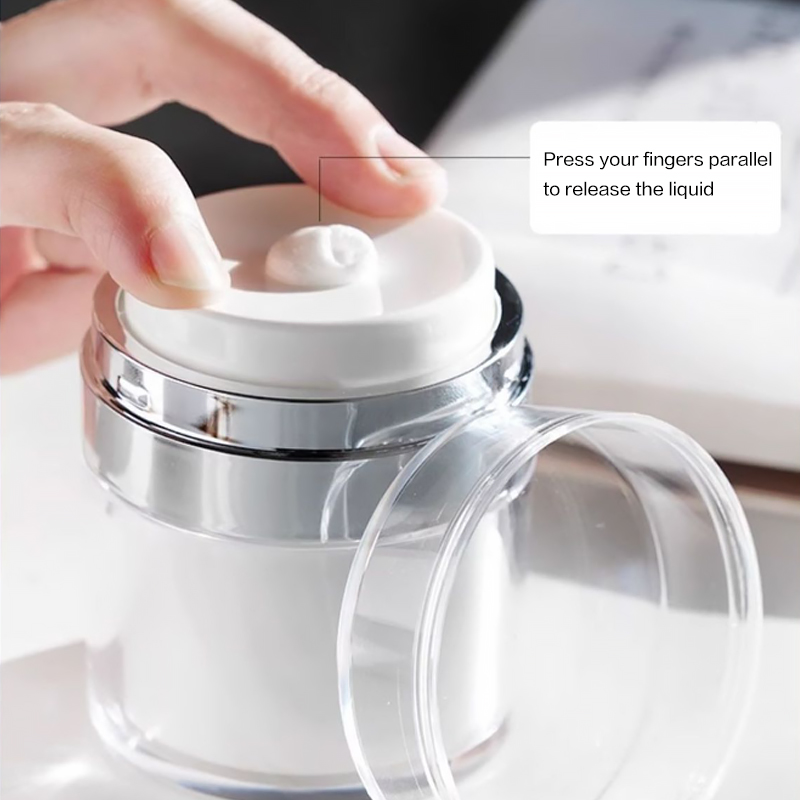
But not all skincare products work with airless bottles, they’re better for specific types. High end serums and creams with lots of active ingredients are the best fit. Like brightening serums with vitamin C, anti-aging creams with retinol, or repair creams with probiotics. These products need super specific storage conditions. Even a little oxidation or contamination can ruin their effects. But the air tight feature of airless pump jars protects these active ingredients perfectly, so the product keeps working well.
Besides, thick lotions and creams work too. They don’t flow easily, so they match the piston or soft bag’s squeezing design well, you can get the product out smoothly. But watery products like toners or essence waters are better with traditional spray bottles or dropper bottles. They don’t need to rely on airless technology too much.
For skincare brands, choosing airless pump jars isn’t just a change in packaging style. It’s also an upgrade to product quality and user experience.
If a brand focuses on high end, effective products and highlights “highly active, gentle formulas” as its key selling point, then airless pump jars will definitely make the product better. They help the brand stand out in the fierce market competition.
But if the brand targets the mass affordable market, with products mainly for basic moisturizing or cleansing. And needs to keep costs low, the traditional packaging might still be a more practical choice.
In the future, as consumers ask for better product effects and better experience, airless pump jars will probably become the main choice for more mid to high end skincare brands. This will push the industry toward better, more scientific packaging.

